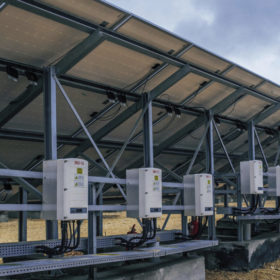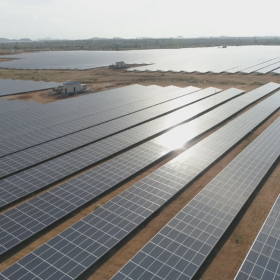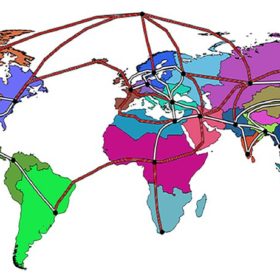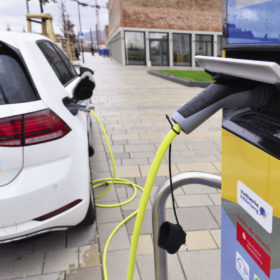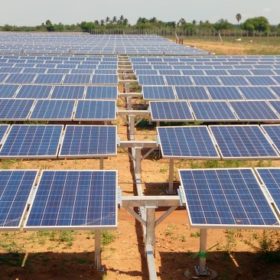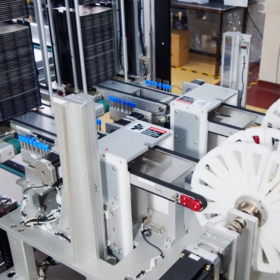‘Free-form’ organic PV
French organic PV module manufacturer Armor said it began manufacturing free-form PV modules in early April. The new technology will allow the company’s ASCA PV film to be produced in a range of different shapes.
US investor KKR to acquire 317 MWp of SP Infra solar assets
Marking its second infrastructure investment in India, KKR will acquire Mumbai-based Shapoorji Pallonji Infrastructure’s 169 MWp solar assets in Maharashtra and 148 MWp in Tamil Nadu for a sum of Rs 15.54 billion (approximately US$204 million).
Chaturvedi appointed as the new MNRE Secretary
A 1987-batch IAS of Jharkand cadre, Indu Shekhar Chaturvedi will replace Anand Kumar who has been assigned the Ministry of Culture.
The long read: More or less
How much granularity in monitoring and optimization is enough? Module-level power electronics have been a popular addition to the residential segment and, for several reasons, have enjoyed growing popularity on commercial rooftops. But where is the limit? While there are the first ground-mount installations with MLPE, other companies suggest that less is more and scaled down their optimization and monitoring granularity.
India’s renewable energy subsidies fell 35% in three years
The subsidies to renewable energy went from a high of Rs 15,313 crore in FY2017 to Rs 9,930 crore in FY2019. At the same time, government subsidies for oil and gas went up from Rs 40,762 crore in FY2017 to Rs 67,679 crore in FY2019. Unprecedented resource crunch post-Covid-19, however, presents a good opportunity for the government to rein in specific fossil fuel subsidies while creating more fiscal room for promoting renewables and other welfare schemes—according to a new report by the International Institute for Sustainable Development (IISD) and the Council on Energy, Environment and Water (CEEW).
NTPC 23 MW solar project: Bidding extended for inverter-transformer package
Bids can now be submitted till May 29 for supply and installation of the inverter-transformer package for the power generator’s Solapur solar project in the state of Maharashtra.
Global supergrid vs. regional supergrids
Researchers from Finland’s Lappeenranta University of Technology have assessed the economic advantages of a fully interconnected global network. They found that an international grid could contribute to a global LCOE of €52.50/MWh. The higher complexity of such a system, however, would only be marginally compensated by additional economic benefits.
UK based Faradion to start sodium-ion battery manufacturing in India
The sodium-ion battery technology developer has bagged its first order from ICM Australia and is looking at India as the next destination for manufacturing with the initial target set as 1 GWh.
Covid-19 pandemic puts 150 GW of PV, wind at risk in Asia
Up to 150 GW of PV and wind projects could be postponed or canceled throughout the Asia-Pacific region by 2024 if the coronavirus-triggered recession continues beyond the current year, according to new research by Wood Mackenzie.
MNRE to host Global RE-Invest 2020 digitally
Given Covid-19 spread, India’s ministry has decided to conduct the third Global Renewable Energy Investors Meet and exposition (3rd RE-Invest)—scheduled from October 15 to 17—on a digital platform. The ministry has sought proposals for an interactive IT platform to facilitate the same.



